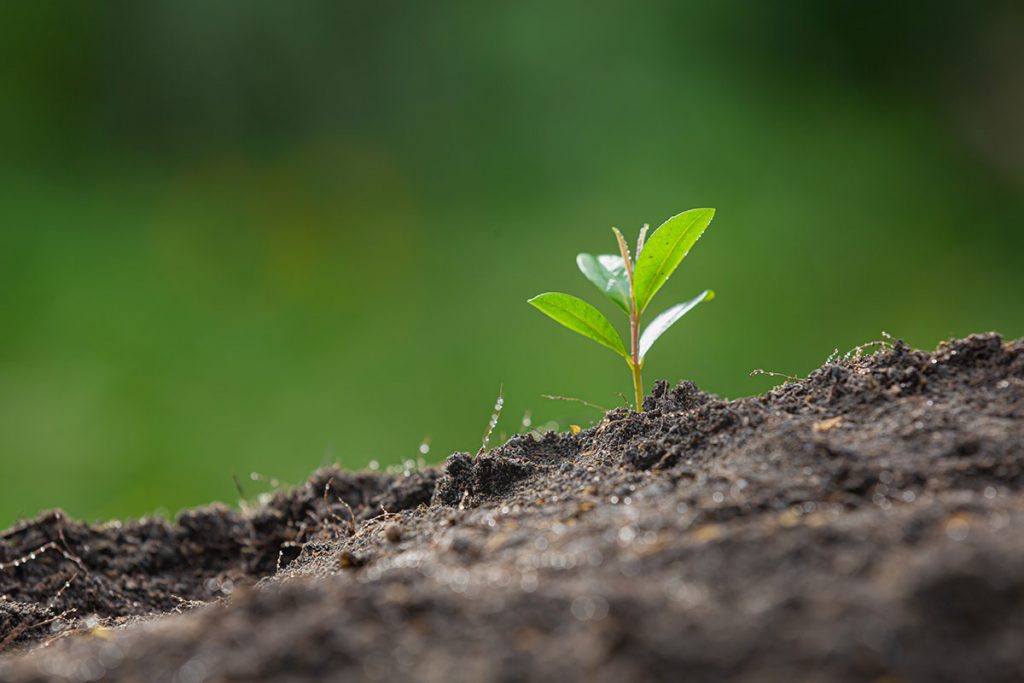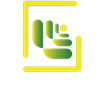Crucial Factors Influencing Plant Growth

Understanding the factors that influence plant growth is essential for optimizing agricultural practices, especially with the advent of modern farming technologies. By leveraging advancements like IoT farming, climate control systems, and specialized lighting, we can create ideal growing conditions that maximize yield and quality. In this blog, we’ll explore the crucial factors influencing plant growth and how modern technologies are revolutionizing agriculture.
Soil Health and Nutrients
Soil health is fundamental to plant growth. It provides essential nutrients, water, and a medium for root support. The quality of soil affects plant health, yield, and resistance to pests and diseases. Key soil components include organic matter, minerals, and living organisms. Regular soil testing can help determine nutrient deficiencies and inform necessary amendments to maintain optimal soil health.
In traditional farming, maintaining soil health requires crop rotation, organic amendments, and careful management of chemical inputs. However, IoT farming is transforming this aspect by providing real-time data on soil conditions. Sensors placed in the soil can measure moisture levels, pH, and nutrient content, allowing farmers to make precise adjustments and ensure that plants receive the exact nutrients they need.
Water and Irrigation
Water is another critical factor for plant growth. It is involved in photosynthesis, nutrient transport, and maintaining cell structure. Both under-watering and over-watering can negatively impact plant health. Efficient irrigation practices are essential for conserving water and ensuring that plants receive adequate hydration.
Modern irrigation systems, enhanced by IoT farming technologies, enable precise water management. Drip irrigation systems, for example, deliver water directly to the plant roots, reducing evaporation and runoff. Automated irrigation systems can be programmed based on real-time data from soil moisture sensors, ensuring that plants receive the right amount of water at the right time, thus conserving water resources and promoting healthier plant growth.
Light: Natural and Artificial
Light is crucial for photosynthesis, the process by which plants convert light energy into chemical energy. The quality, intensity, and duration of light all influence plant growth. While natural sunlight is the primary light source for outdoor plants, indoor farming relies on artificial lighting to provide the necessary light spectrum.
LED lights, particularly grow lights, are widely used in indoor farming to mimic natural sunlight. These lights can be adjusted to emit specific wavelengths that promote different stages of plant growth, from vegetative growth to flowering. LED grow lights are energy-efficient and have a long lifespan, making them an ideal choice for indoor farming environments. By controlling the light spectrum and intensity, farmers can optimize plant growth and improve yields.
Temperature and Humidity
Temperature and humidity are critical environmental factors that influence plant growth. Each plant species has an optimal temperature range for growth and development. Extreme temperatures can stress plants, reduce growth rates, and affect crop yields. Similarly, humidity levels impact transpiration rates and nutrient uptake.
Climate control systems are essential for managing temperature and humidity in controlled environment agriculture (CEA). These systems use sensors and automated controls to maintain optimal conditions. In indoor farming setups, climate control systems can regulate heating, cooling, ventilation, and humidity to create a stable environment conducive to plant growth. By maintaining consistent conditions, these systems help prevent plant stress and promote vigorous growth.
Air Quality and CO2 Levels
Plants require carbon dioxide (CO2) for photosynthesis. Inadequate CO2 levels can limit photosynthetic rates and reduce plant growth. In outdoor environments, natural air circulation typically provides sufficient CO2. However, in indoor farming and greenhouses, CO2 levels can become depleted, necessitating supplementation.
Advanced climate control systems can monitor and adjust CO2 levels to ensure optimal concentrations for plant growth. CO2 enrichment, combined with proper ventilation, can significantly enhance plant productivity. Additionally, air quality management, including the removal of pollutants and pathogens, is crucial for maintaining a healthy growing environment.
Pest and Disease Management
Pests and diseases can severely impact plant health and yield. Effective pest and disease management is crucial for sustainable agriculture. Traditional methods include crop rotation, biological control, and the use of pesticides. However, these approaches can be labor-intensive and environmentally harmful.
IoT farming offers innovative solutions for pest and disease management. Sensors and cameras can detect early signs of pest infestations or disease outbreaks, allowing for timely intervention. Data analytics and machine learning algorithms can predict pest and disease risks based on environmental conditions, enabling proactive management. By integrating IoT technologies, farmers can reduce pesticide use, lower costs, and minimize environmental impact.
Nutrient Management
Plants require a balanced supply of macro and micronutrients for healthy growth. Nitrogen, phosphorus, and potassium are the primary macronutrients, while calcium, magnesium, and sulfur are secondary nutrients. Micronutrients like iron, manganese, and zinc are also essential, albeit in smaller quantities.
In hydroponic and indoor farming systems, nutrient management is more precise. Nutrient solutions can be carefully formulated and delivered directly to the plant roots. IoT farming technologies can monitor nutrient levels in real-time, ensuring that plants receive an optimal nutrient mix. Automated nutrient delivery systems adjust concentrations based on plant needs, promoting vigorous growth and high yields.
The Role of Technology in Modern Farming
The integration of IoT farming, climate control systems, LED grow lights, and other advanced technologies is revolutionizing agriculture. These technologies enable precise control over growing conditions, improving efficiency and sustainability. Farmers can monitor and adjust environmental factors in real-time, ensuring that plants receive the best possible care.
Climate control systems are particularly important in indoor farming environments. By regulating temperature, humidity, CO2 levels, and air quality, these systems create a stable environment that promotes plant health. LED grow lights provide the necessary light spectrum for photosynthesis, enhancing growth rates and yields. Together, these technologies support sustainable farming practices, reducing resource use and minimizing environmental impact.
Conclusion
Understanding and managing the factors that influence plant growth is essential for optimizing agricultural practices. By leveraging IoT farming, climate control systems, LED grow lights, and other advanced technologies, we can create ideal growing conditions that maximize yield and quality. These innovations not only improve efficiency but also promote the sustainability of agriculture. As we continue to unlock the potential of modern farming technologies, the future of cultivation looks bright and sustainable.
